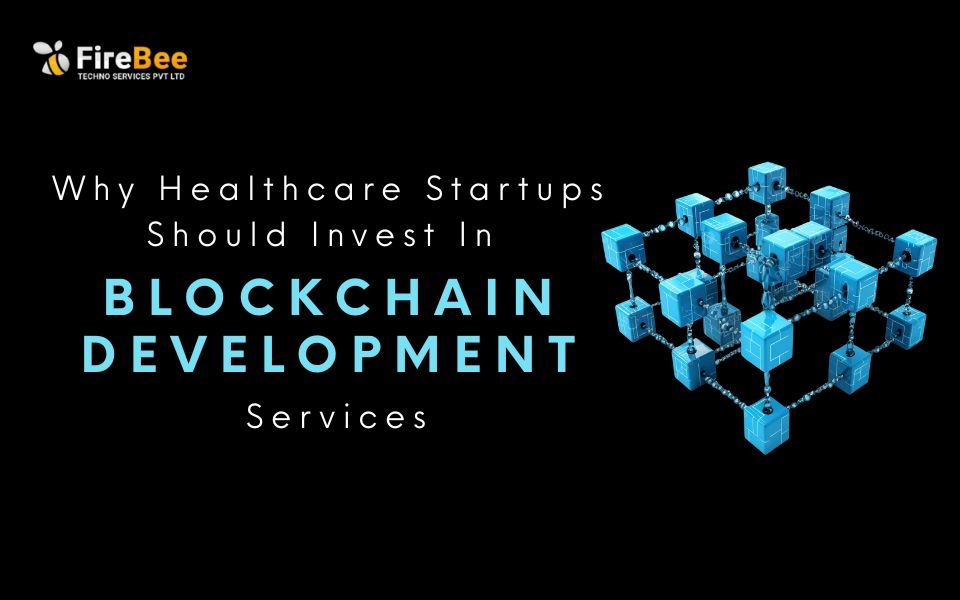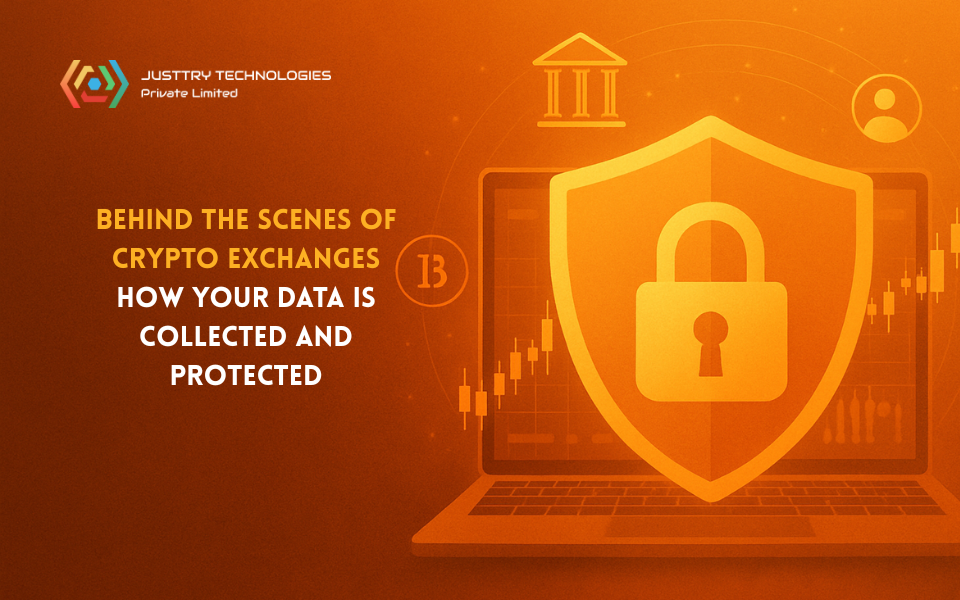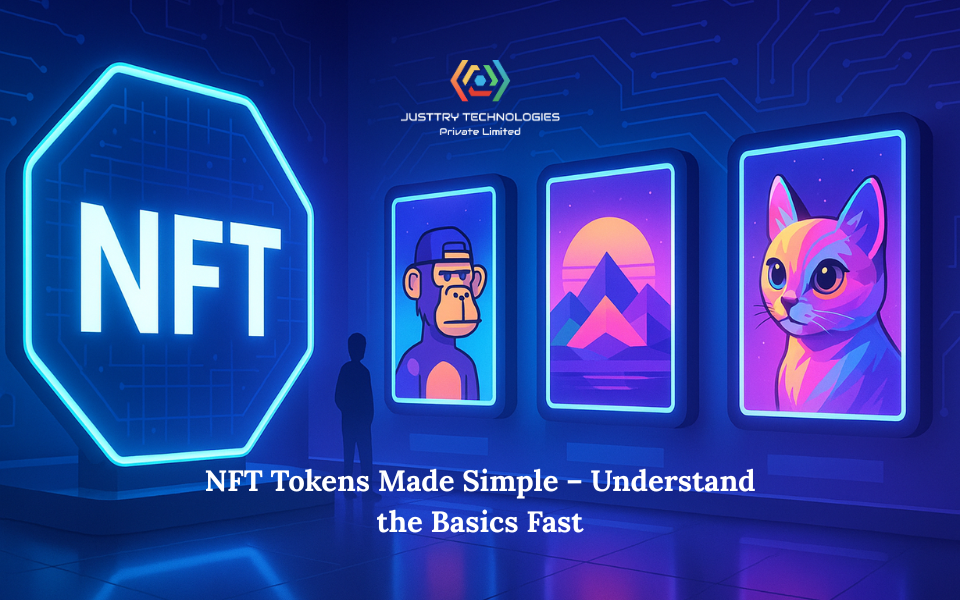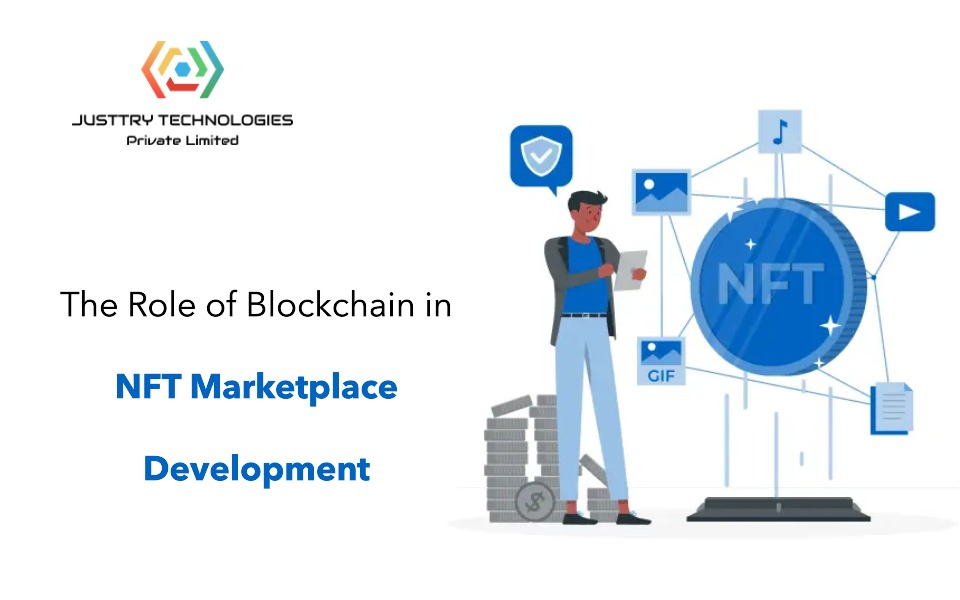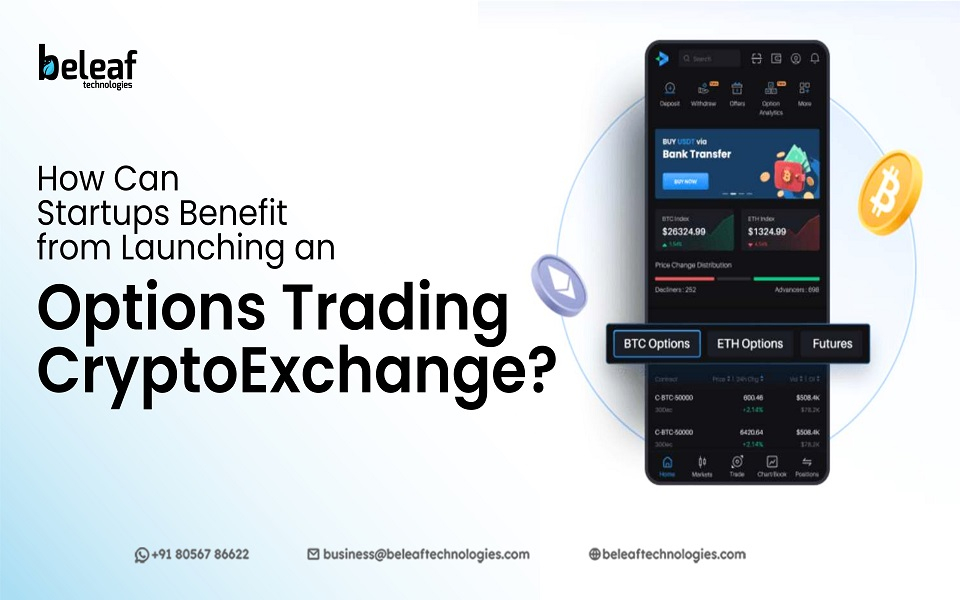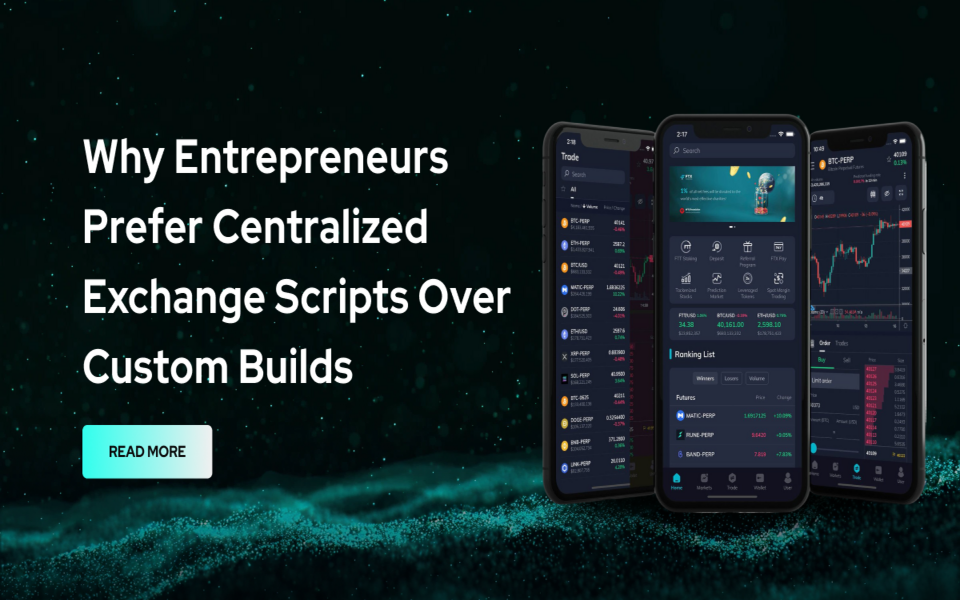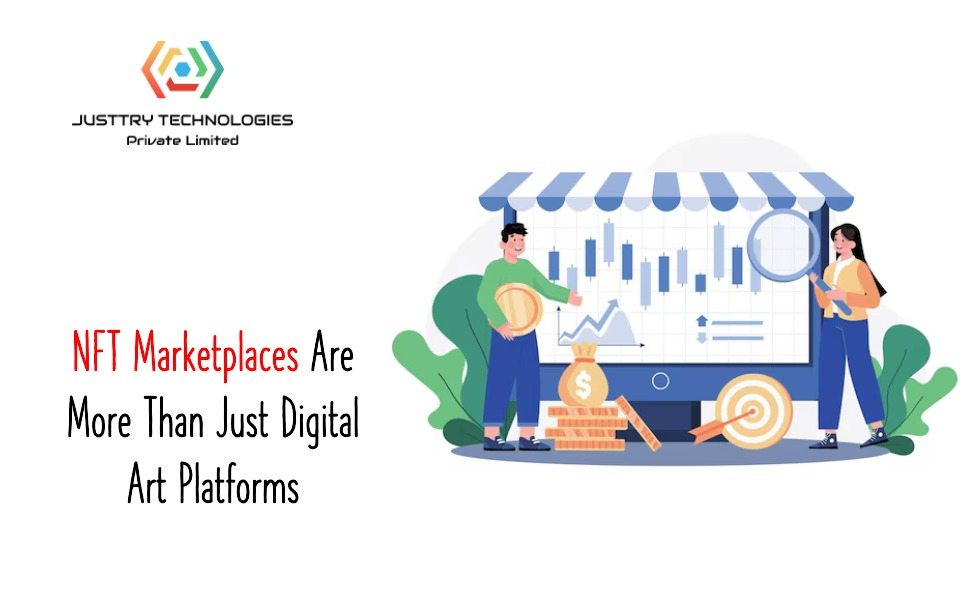Healthcare Blockchain app development began in the late 2010s when security concerns and record mismatches caused delays in hospital networks and insurance systems across many nations. Industry analysts noted that over 30 percent of health data breaches happened due to system gaps and poor storage designs. Medical Companies introduced smart contracts and distributed access methods, with over 45 percent cost improvement in auditing. Medical institutions saved over $100 million yearly through reduced paperwork. This blog explains how Blockchain development is transforming the healthcare sector.
The Impact Of Blockchain Development On Modern Healthcare Systems:
Improved Data Security
Medical information has been stolen many times in recent years, and many hospitals have lost trust because of this. Blockchain keeps the data in different places. This prevents single-point access, and avoids hackers.
24/7 Data Monitoring
Patient health details like pressure or medicine must be checked regularly throughout the day and night. Usual systems cannot work without failures or breakages, and some details are often lost or delayed. Blockchain gives a continuous method where every data point stays available and providers face fewer interruptions.
Improved Clinical Trials
The total value of trials for testing drugs and treatments reached many billions in the past year, and the growth is expected to continue. Problems in these trials happen because data comes from different people and places, which leads to delays and errors. Blockchain makes one shared place where everything is kept with full steps recorded, and nothing gets missed.
Improved Drug Safety
Fake drugs or bad medicines often reach people, which results in sickness or even hospital stays in large numbers. The cost of handling such drug-related problems is high and difficult to control. Blockchain helps to follow each medicine in its journey and quickly alerts to problems, which allows safer use.
Smart Contracts
Digital smart contracts carry out actions without manual help and reduce extra steps in healthcare tasks. These contracts work with data access, patient rights, and even insurance claims by following fixed conditions. The blockchain protects records by allowing only specific use and avoiding human error.
Claims and Billing Management
Hospitals and clinics often face cheating or errors when reports for payment or tests are created and handled poorly. Blockchain places all reports in one visible digital record where every correction or update can be seen by related people. Fraud becomes harder, and fairness increases.
Healthcare Data Interoperability
Data about patients remains stored in isolated places, which limits full understanding of the case for doctors in different buildings. One doctor cannot view another hospital’s details without delay or difficulty. Blockchain allows the transfer of medical records between networks without changing the original data or putting privacy at risk.
Facilitating Monetization of Health Data
Companies and researchers need medical data for study, but patient names must stay hidden for safety. Blockchain gives a trusted way to share cleaned data for research without leaking personal identity. The method supports research activity while keeping privacy rules in place.
Use Cases Of Blockchain App Development In Healthcare
Drug Traceability
Drug supply often faces problems from poor tracking methods and weak control over product handling. Blockchain creates a structure where every drug movement is stored with fixed entries that cannot be adjusted silently.
Example – Walmart and IBM pilot project
Large firms such as Walmart and IBM tested systems where the drug travels from producer to shop, and stays recorded without manual change. The goal remained to reduce fake entries and confirm drug quality during transport.
Electronic Health Records
Central systems that keep health data usually invite risk through open access or poor protection. A blockchain model allows record control where only selected persons can view or share medical history in a safe structure.
Example – Medicalchain and Patientory platforms
Medicalchain from the UK and Patientory in the US created tools where patients hold their records inside private systems. The design focused on privacy and allowed medical sharing only with clear permission.
Blood Plasma Supply Chain
Long supply chains for plasma often lose time from delays or missteps during transport. A blockchain process gives shared updates to all parts of the chain without waiting for approval or repeated messages.
Example – Canadian Blood Services network
Canadian Blood Services added a platform that records each step in plasma delivery using blockchain. The method helped remove delays and gave better timing between hospital needs and supplier actions.
Prescription Drug Monitoring
Repeated misuse of medicines often follows poor record control or the use of a fake identity. Blockchain can give each prescription a locked record that cannot be copied or reused by unauthorized users.
Example – BlockMedx prescription records
BlockMedx built an app where each drug issue becomes part of a clear chain. Pharmacies check each detail before giving the medicine to persons without the need to trust manual papers.
Medical Staff Credential Verification
Recruitment of health workers depends on fast and safe checking of qualifications and past work. A digital record on blockchain helps hospitals confirm staff background without long delays or repeated checks.
Example – Tampa General and ProCredEx system
Tampa General Hospital applied blockchain through ProCredEx to check medical staff documents. The platform gave them quicker results without missing records or false inputs.
Breakthrough in Genomics
Genetic information must stay protected since it holds deep personal value for each person. Blockchain offers a closed method to share such data without fear of misuse or silent entry.
Example – EncrypGen and Nebula Genomics services
Both EncrypGen and Nebula let people control access to their genetic details. The records stay in closed systems, and users can choose when to share them with doctors or research teams.
Supply Chain Management
Medical goods travel through many hands and often lose track due to gaps in updates or missing records. A shared record built on blockchain gives full path detail where each item's movement remains stored.
Example – Chronicled and Pfizer track system
Chronicled built tools using blockchain with smart devices to track drug movement. Pfizer also used such methods to follow the drug location and stop fake items from entering the real supply path.
IoT Security for Remote Monitoring
Devices that read body data from patient homes carry danger through weak protection or open channels. A secure model using blockchain places each signal inside locked entries where outside attacks cannot change details.
Example – IOTA health data protection
The IOTA project made models where every health reading from devices goes into closed digital units. The design stops false change and gives doctors a direct and clean flow of health records.
Key Solutions When Implementing Blockchain Development In The Healthcare Sector
HIPAA Compliance and Data Privacy Regulations
Challenge
Healthcare rules in countries such as the United States, under HIPAA, require heavy control over how personal medical data flows between systems. When hospital staff and support teams use multiple digital tools for diagnosis and insurance purposes, the chain becomes fragile, and errors in permission handling often happen during high-load cases.
Solution
Blockchains work with clear tracking paths that connect access history with encryption, which can limit exposure risk and help follow the privacy setup expected under HIPAA. Only allowed staff get access keys based on rules that do not allow changes once data flows into the system, and that line of storage keeps health files stable and easy to verify during audits.
Data Immutability
Challenge
A data entry inside a blockchain cannot be removed or modified, which makes it powerful for stopping fraud, yet difficult when changes are required in genuine situations. This condition sometimes becomes difficult when hospitals try to update previous records or improve sections with new information, which then demands workaround steps.
Solution
One method includes splitting record sections where raw history stays fixed and updating sections linked to pointers from new entries using light data summaries. Some project teams apply both on-chain and off-chain tools, where complex or big files remain off-chain and only keys or proof markers enter the blockchain space to hold integrity while still keeping records light.
Data Size
Challenge
Medical files build up in heavy numbers when imaging data, laboratory files, and daily observations pile into the digital space, where block size limits often become a direct hurdle for long-term use. Normal blockchain formats cannot carry every record type in a single storage line without hitting usage limits.
Solution
A better direction lies in deciding which parts need blockchain security and which can stay in standard private servers with connection marks leading back to the original records. This split design allows for rules to remain clear without crossing size boundaries while still keeping treatment data verified through secure access references, which link to protected folders and patient systems.
Future Scope Of Custom Blockchain Solutions In Healthcare
Early Adoption
Mobile healthcare apps started receiving blockchain features many years ago when the control of personal data became a strong topic. Hospitals and software developers placed focus on how to shape service structures through blockchain steps, which gave early direction in decision-making.
Current Standardization
Healthcare product tracking systems now use blockchain to check the origin of tools and medicines through block-based checks. This action made fake product detection stronger, which helped providers in many places adopt these steps into their daily quality work.
Future Focus on Widespread Adoption
Regional departments and global authorities might use shared rules that guide how blockchain stays active inside hospital systems. These steps may slowly bring more control over access levels, audits, license records, and system boundaries without a technical breakdown.
Decentralized Healthcare Ecosystem
A future setup may move the entire healthcare routine toward a structure with no central command where private builders place blockchain points inside treatment actions. Data and stock items may stop flowing through current storage paths and instead shift to networked steps linked with agreed technical codes.
Medical Blockchain Market
Grand View Research gave reports that said the market size would cross eleven million dollars in 2024 because of medical blockchain use. By 2030, the size may go above two hundred fourteen million dollars, which means a yearly rate that stays near sixty-three percent due to growing work on record sharing.
Enhanced Data Interoperability
Current hospital apps still face problems when trying to share patient records across places because formats often stay different. Shared rule design by blockchain use may start joining those gaps while safety parts keep every transfer protected without record damage.
Health Information Exchanges
Blockchain methods may push medical record exchange to a new level where hospitals gain safe access without using long entry wait systems. The history records of each patient may reach doctors faster, while checking time is reduced with strong security walls across lines.
Transparent and Secure Pharmaceutical Supply Chains
Medicine packs move through many unclear steps, where label damage or wrong scan removes trust from the line. Blockchain helps connect each checkpoint and can bring smooth tracking from the creation point to the hospital usage stage, which removes the entry of fake batches from the route.
Conclusion:
Blockchain technology is slowly changing healthcare systems, where data security and digital trust hold primary positions. It's improved access without central control creates an efficient digital path in hospital operations through repeated automation patterns and slow shared verification records. A reputed blockchain development company with a strong technical team can help make this possible with advanced blockchain integration without any issues. Many hospital systems now start using such methods for patient activity record segments. If you are in the healthcare sector, this is the right time to implement this blockchain-backed and futuristic platform in your business.




